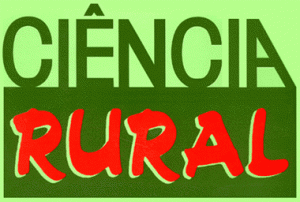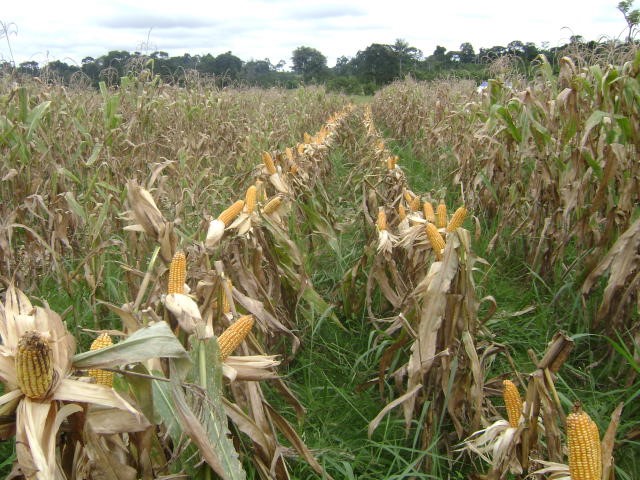Maria Luiza De Grandi, journalist of Ciência Rural. Santa Maria, Rio Grande do Sul, Brazil.
Marcela Vinholis, researcher at Empresa Brasileira de Pesquisa Agropecuária (Embrapa). Brasília, Distrito Federal, Brazil.
 Presenting itself as an agricultural production strategy that integrates annual planting crops and livestock, crop-livestock integration systems have been presented as an alternative to the traditional form of planting, for maintaining or increasing productivity and, also, for the indirect recovery of pastures. In these systems, harvests are not introduced as occasional components, but are part of a system in which the production of grains and animals interact and complement others in aspects such as soil management, fertility, physics and biology, improving the profitability of the farm and bringing advances for rural areas (MACEDO, 2009).
Presenting itself as an agricultural production strategy that integrates annual planting crops and livestock, crop-livestock integration systems have been presented as an alternative to the traditional form of planting, for maintaining or increasing productivity and, also, for the indirect recovery of pastures. In these systems, harvests are not introduced as occasional components, but are part of a system in which the production of grains and animals interact and complement others in aspects such as soil management, fertility, physics and biology, improving the profitability of the farm and bringing advances for rural areas (MACEDO, 2009).
In order to analyze the economic viability and financial risk associated with an investment project in crop-livestock integration with a focus on the production of beef animals in São Carlos, in the state of São Paulo, researchers from the Empresa Brasileira de Pesquisa Agropecuária (Embrapa) in partnership with the Universidade Federal de São Carlos (UFSCar), developed the research “Economic viability of a crop-livestock integration system”, published in the journal Ciência Rural (v.51, nº 2).
As a research methodology, the Monte Carlo simulation was used, which estimates future data and projections. The results obtained showed that the implementation of a crop-livestock integration system in the state of São Paulo is economically viable. “The corn-pasture rotation for finishing beef cattle showed a higher internal rate of return and a lower market risk than the conventional livestock production system on pasture,” explains researcher Marcela Vinholis.
In practice, the results can guide the actions of technology transfer programs and training of rural extension technicians and it is useful for the rural producer to decide whether or not to adopt a certain technology, in this case, a crop-livestock integration system. “Offering the decision maker information like the one presented in this study helps in the most assertive decision and in the use of strategies to minimize the risks”, emphasizes Vinholis.
The integration systems are a more sustainable agricultural production strategy and are part of the “range” of sustainable technologies of the ABC Plan for Brazil to achieve the goals of reducing GHG emissions established in the Paris Agreement. “Thus, research that helps to foster the adoption of these practices contributes to the increase in agricultural production with less environmental impact.”, Concludes the researcher.
References
MACEDO, C. A. A. et al. Analysis of economic and financial viability and risk evaluation of a wind project with Monte Carlo simulation. Gestão e Produção [online]. 2017, vol.24, no.4, pp.731-744 [viewed 07 June 2021]. https://doi.org/10.1590/0104-530X3439-16. Available from: http://ref.scielo.org/g57tbp
To read the article, acess
VINHOLIS, M. M. B., et al. Viabilidade econômica de um sistema de integração lavoura-pecuária. Ciência Rural [online]. 2021, vol. 51, no. 2 [viewed 07 June 2021]. https://doi.org/10.1590/0103-8478cr20190538. Available from: http://ref.scielo.org/x8fxf4
External links
Ciência Rural – CR: https://www.scielo.br/cr
Ciência Rural: http://coral.ufsm.br/ccr/cienciarural/
Como citar este post [ISO 690/2010]:



















Recent Comments